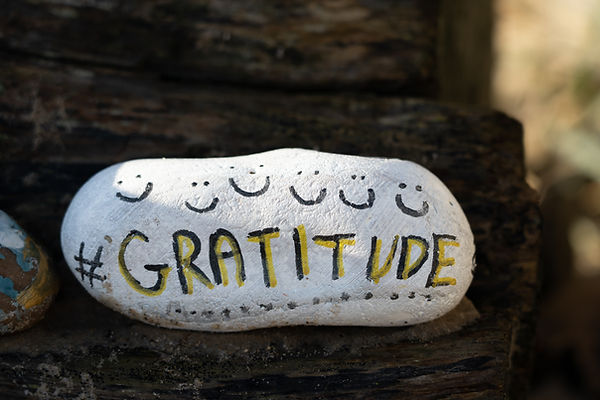Activities to Foster Gratitude by Age Group
Ages 2–4: Laying the Foundation
At this stage, children are learning to identify emotions and mimic behaviors.
Activities:
-
Gratitude Jar: Let toddlers draw or place stickers on slips of paper representing something they're thankful for.
-
Grateful Words: Teach them to say "thank you" when receiving something, pairing the words with simple explanations like, “We say thank you because it makes others feel happy.”
-
Picture Book Moments: Use illustrations to spark discussions about what they feel happy about.
Ages 5–7: Building Awareness
Children at this age are developing a sense of responsibility and empathy.
Activities:
-
Gratitude Tree: Create a paper tree and add colorful leaves with written or drawn items they’re thankful for.
-
Thank You Notes: Encourage kids to write simple thank-you cards to family, teachers, or friends.
-
Acts of Kindness: Help them bake cookies or make crafts as gratitude gifts.
Ages 8–12: Deepening the Practice
As children mature, they can understand complex emotions and reflect more deeply.
Activities:
-
Family Gratitude Circle: During dinner, share one thing each person is grateful for that day.
-
Gratitude Journal: Help them keep a journal to write three things they’re thankful for each day.
-
Community Involvement: Volunteer together at a shelter, food bank, or local charity to show the importance of helping others.
Teenagers: Modeling Gratitude in Action
Teens may seem less inclined to participate, but they can benefit from gratitude practices, too.
Activities:
-
Social Media Challenge: Encourage teens to post weekly gratitude reflections.
-
Vision Board of Gratitude: Help them create a visual collage of their goals, dreams, and what they appreciate.
-
Thank You Letters: Suggest writing letters to mentors or loved ones who have made an impact.
Gratitude Beyond the Corner
To reinforce gratitude, consider making it part of your family’s lifestyle:
-
Celebrate small wins, like completing a chore, with affirmations.
-
Use gratitude prompts in conversations, such as “What was the best part of your day?”
-
Reflect as a family during special moments, like holidays or vacations, on what you’ve achieved together.
Raise Grateful Kids
By Nurturing a Spirit of Thankfulness


